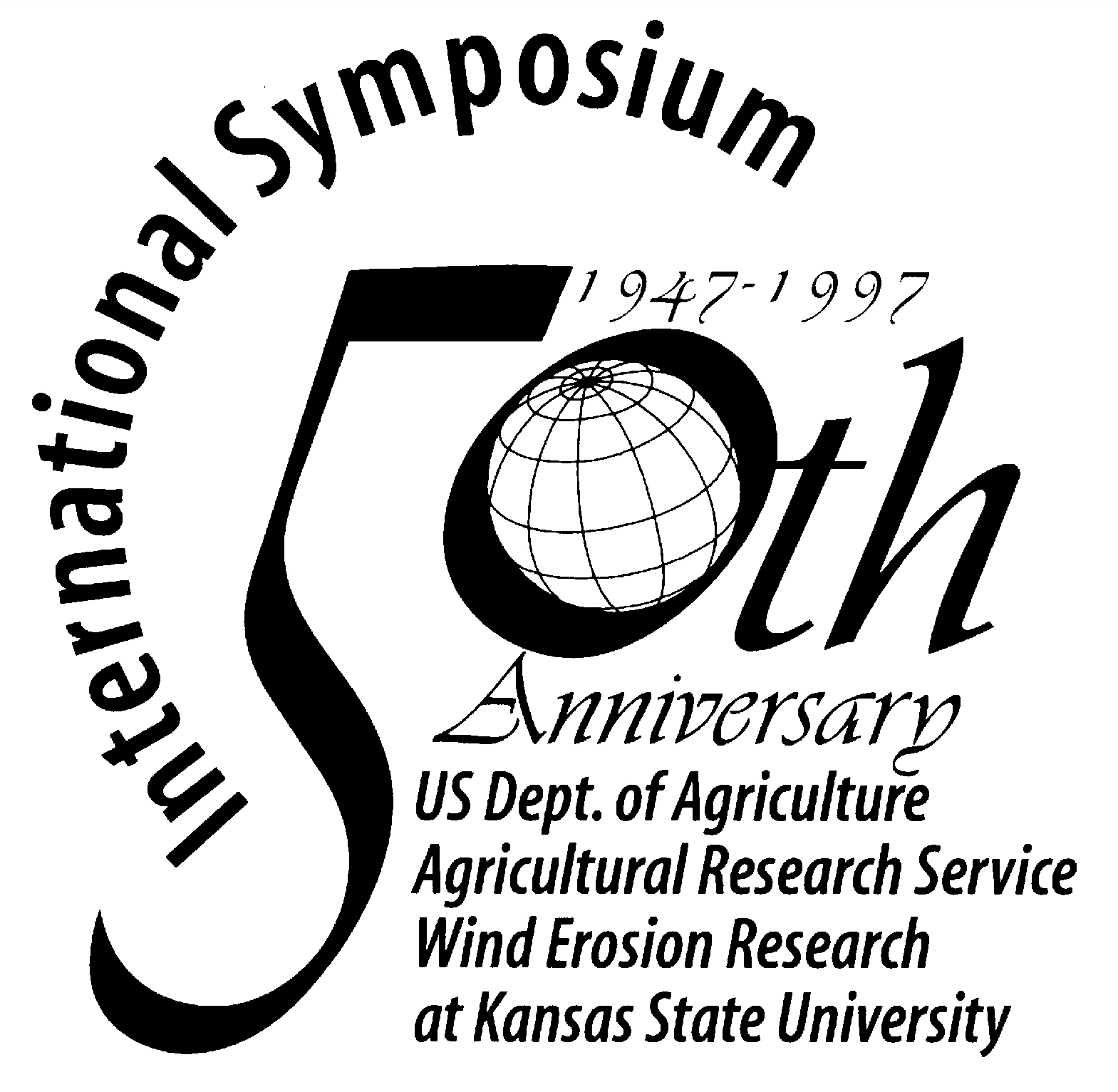
Konza Prairie Bison Loop
Konza Prairie Research Natural Area,
Kansas State University, 4 June 1997
Velma Skidmore, docent, KPRNA
http://www.ksu.edu/konza
A bison herd is maintained on Konza Prairie for research into the role of grazing on
the ecology of the tallgrass prairie. The herd is maintained at approximately 210-220
animals, 70% female, 30% male, 50-70 calves born each spring (a 70% calving rate, same
rate as bison in the wild.)
The stocking rate for bison on Konza Prairie is approximately 15 acres (6 hectares) per
animal unit. For example, a mature bull equals 1.25 au, a mature cow equals 1 animal unit,
a cow with calf equals 1.25 au. Data on plant productivity, bison weights and forage
intake are used to calculate stocking rates. Average plant production on Konza Prairie is
3,500 lbs.(1591 kg.) per acre. Weight of new calves is approximately l00 lbs.(45.5 kg)
Weight of largest bulls is 1800 lbs(818 kg) Bison forage intake is approximately 900
pounds (409.1 kg) per animal unit per month. The stocking rate is set so that 20-25% of
annual aboveground plant growth is consumed during a twelve-month period. The bison area
on Konza Prairie is approximately 2,345 acres (949 hectares).
The herd comes into corrals twice each year for health check-ups, data collection,
ear-tagging of new calves, and for culling animals to maintain herd size. In the culling
selection, animals are chosen within the younger and older low-vigor age groups to
simulate removal of young and older animals that likely occurred with natural predators.
The culled animals are sold for breeding at auction, by sealed bid and private sale.
Horses are not used on Konza Prairie for bison roundup because of dangers of bison
injury to horses. Bison may appear docile but can move very quickly and are extremely
dangerous. A sudden swift turn with their powerful necks and horns could disembowel a
horse very quickly. Pellet-sized range cubes consisting of 16-20% protein from alfalfa and
grain with a binder such as molasses are dropped from a vehicle making a path to the
corrals. Bison then eat their way into the corrals.
Grazing research on Konza Prairie includes long term ecological research on the effects
of grazing and fire interaction on the tallgrass prairie ecosystem; studies on bison
foraging selectivity and plant response to grazing; comparative studies of effects of
bison and cattle on plant species diversity and annual productivity; and research on bison
health (reproduction, parasitology and diseases).
Bison can live for 30-40 years, surviving on the prairie year round. In winter, their
massive heads and necks brush aside deep snow to find feed. In springtime, after a prairie
fire, they move quickly to a burned area to feed on tender green shoots of grass that will
come up within two weeks after a burn.
Native Americans in the Great Plains were a nomadic people and moved their villages to
the fringes of a buffalo herd. If the herd moved, they moved. Every part of the bison was
used by them: skin for shelter, shoes, clothing; robes of wool; sinew for thread; bones
for tools, weapons, jewelry; dung for fuel; bladder for jugs and drinking vessels; flesh
for food. Bison were so important that Native Americans regarded them with reverence and
made reference to them in spiritual ceremonies.
It is estimated that 160 million bison roamed the western part of North America in the
1860's. Explorers Lewis and Clark wrote of "watching the plains turn dark with
stampeding buffalo". Early pioneers moving west recorded in journals that great herds
of buffalo moved across the prairie like a black cloud. Bison can run 30-45 miles per hour
and for great distances, their 4 inch windpipes gulping in air. Once running, they run
over everything in their path, including other bison that move too slowly.
Because of overkill in the settlement of the west, their numbers dropped to 800 or less
and the bison became in danger of extinction. Sensitive ranchers began saving the
remaining animals. Today bison in North America number approximately 130,000 and are no
longer endangered. Major public herds are maintained in Canada, Montana, North Dakota,
South Dakota, Nebraska, Wyoming and Oklahoma. Smaller herds exist on private ranches and
in the research area of Konza Prairie. |




